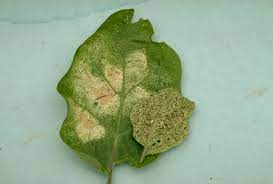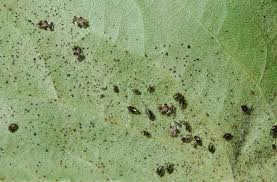Lace Bugs
- Lace bugs strike many types of plants, but they favor ornamental trees and shrubs.
- Like aphids, different lace bug species often target specific plants or plant families, which inspires common names such as azalea lace bug or sycamore lace bug.
- Lace bug eggs hatch into nymphs, which molt several times on their way to adulthood and get larger and hungrier as they mature.
- From egg-laying to feeding, lace bugs focus on the undersides of plant leaves.
- They often go undetected until damage shows.
Signs or Damage of Lace Bugs
- Lace bug adults and nymphs damage plants by piercing the undersides of leaves and sucking out plant juices.
- As nymphs molt, their castoff skins remain attached to the lower leaf surface.
- Damage shows on the upper sides of leaves as numerous small, pale spots that sometimes merge together.
- Unlike thrips and other pests that produce similar damage, known as stippling, lace bugs cover lower leaf surfaces with extensive dark excrement.
How to Control Lace Bugs:
Spraying Verticillium on the under side of the leaves is the best way to manage it.


Showing all 2 resultsSorted by popularity


